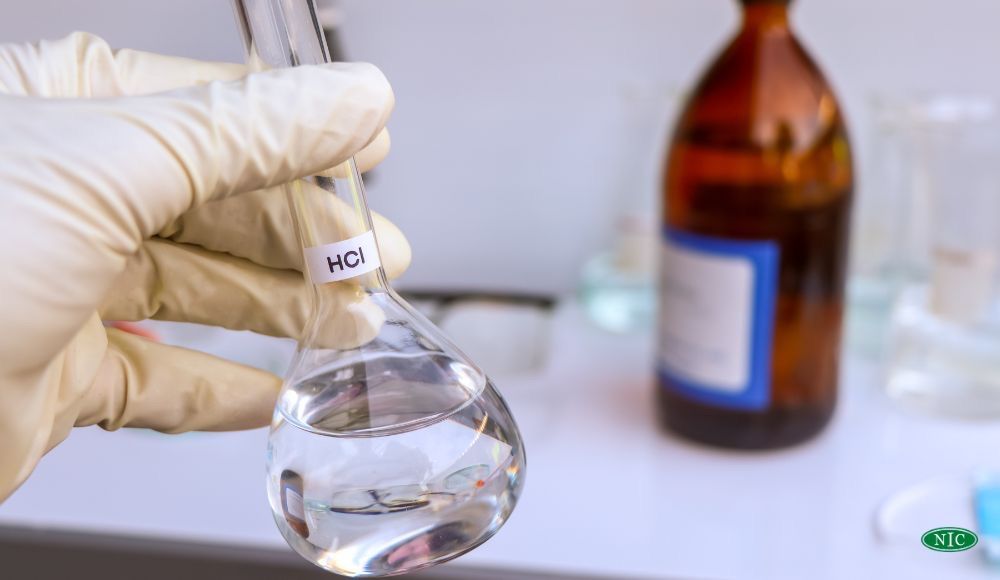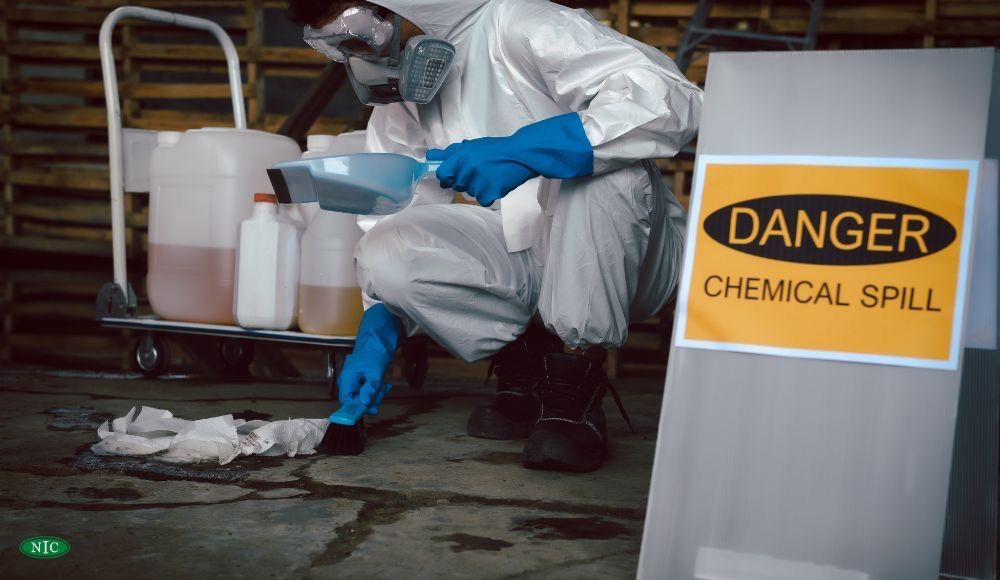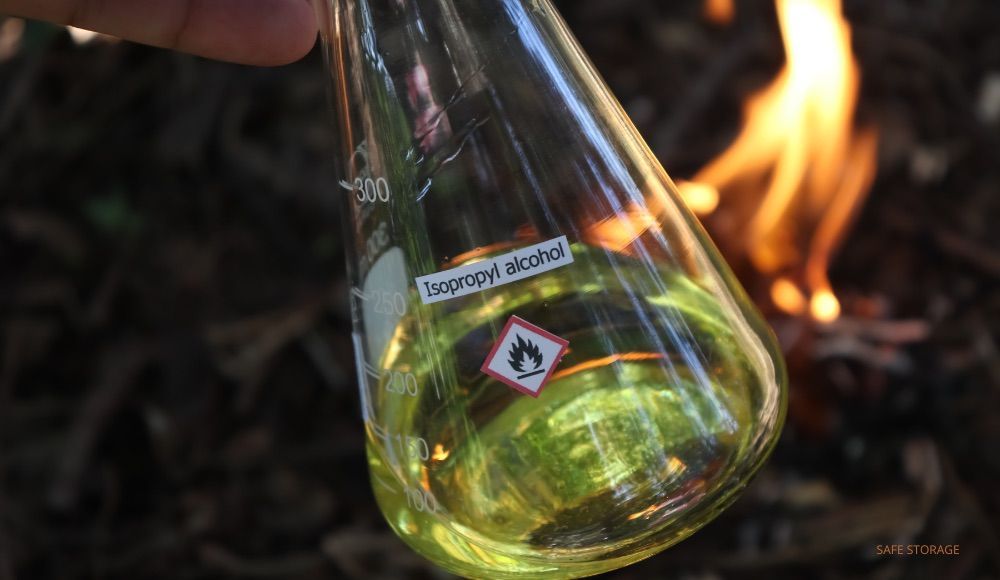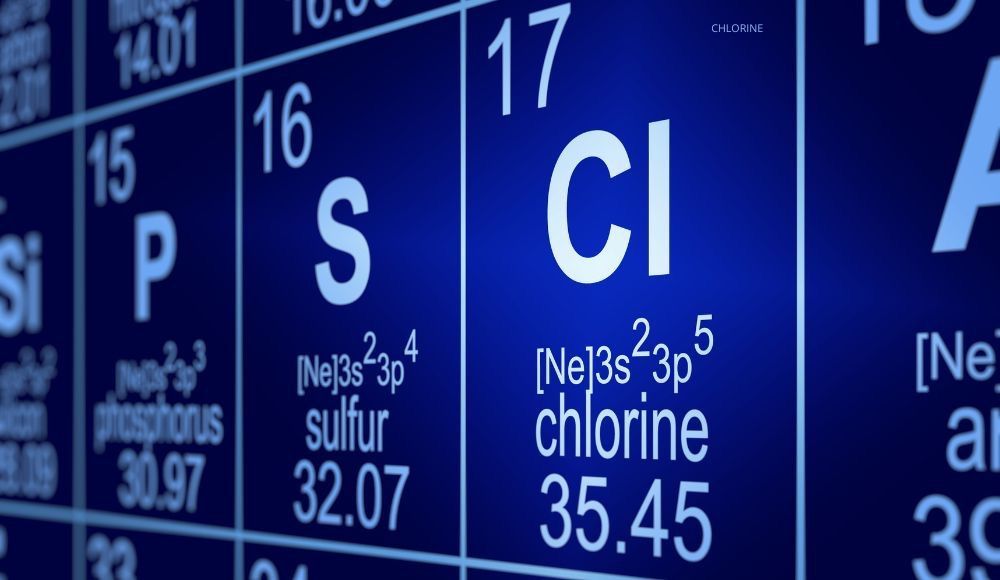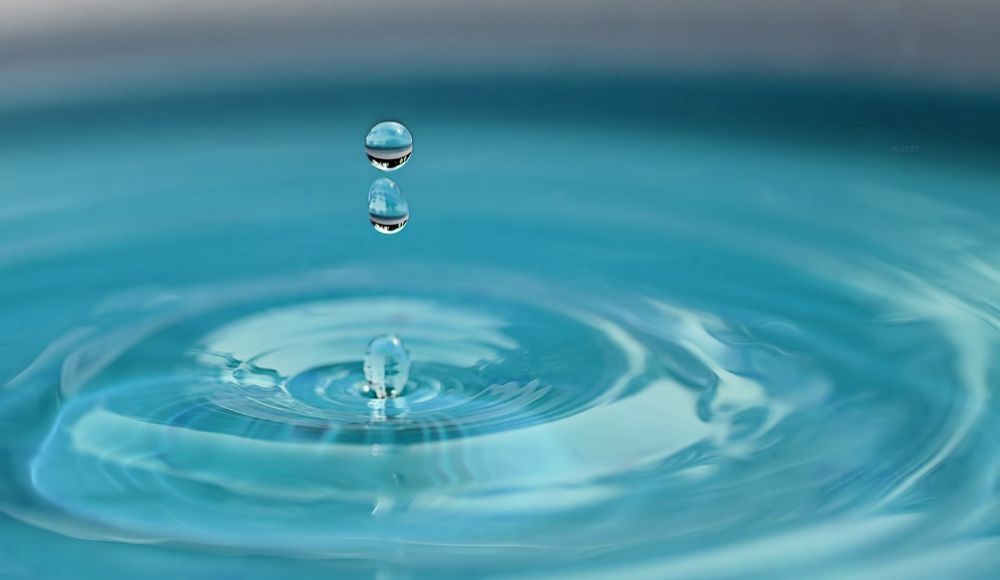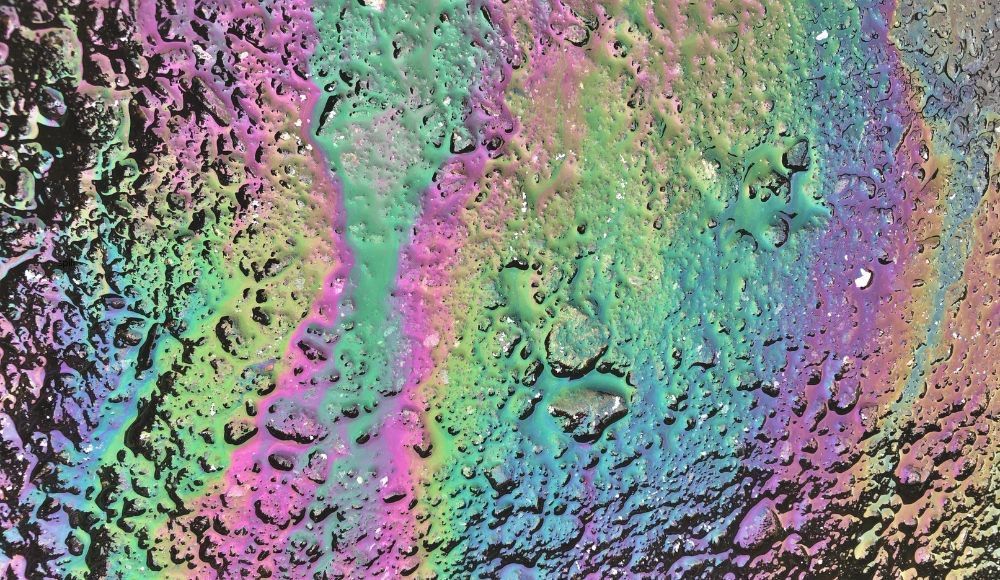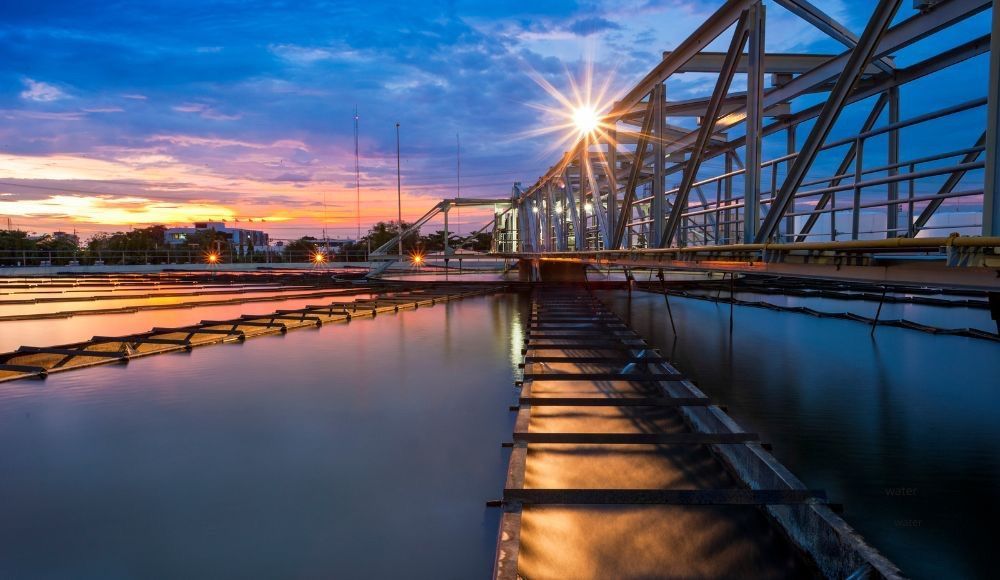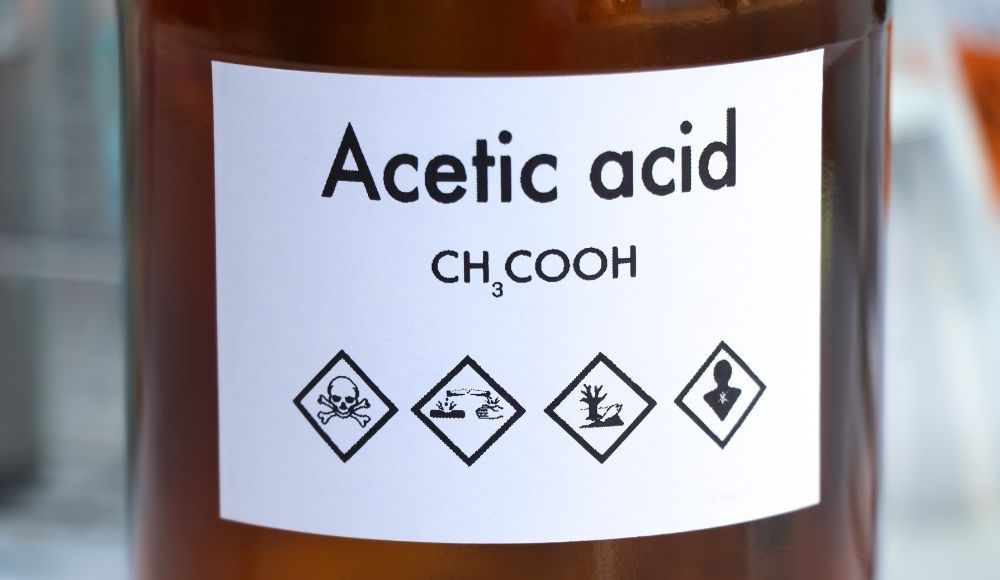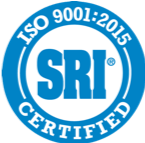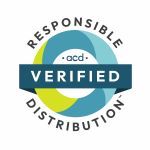Water Treatment: How Is Water Treated for Safe Consumption?
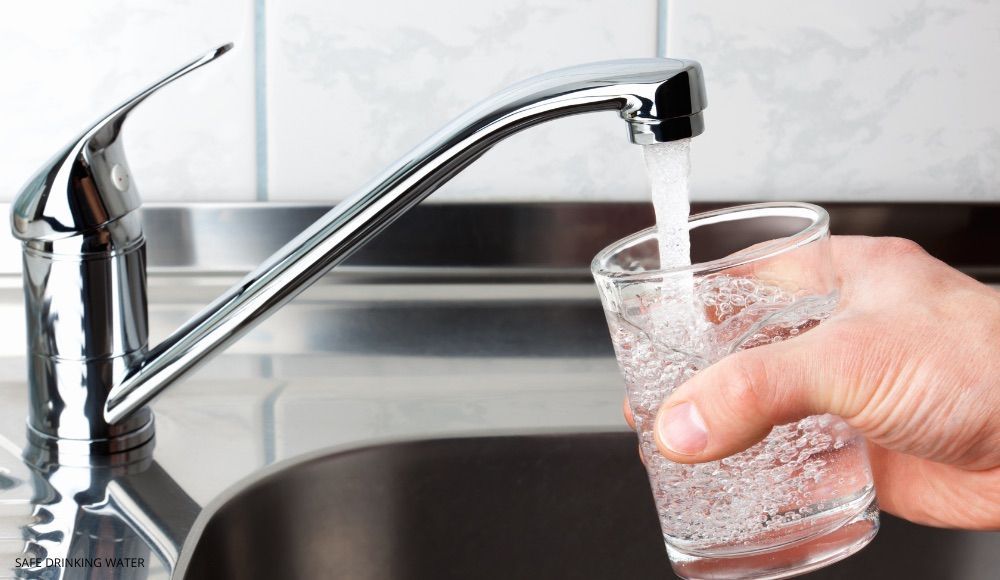
Access to safe drinking water is crucial for public health. Water treatment makes pure water from natural sources available. Multiple stages are involved in this process of cleansing water of contaminants, pathogens, and impurities to safeguard against water-borne diseases and provide communities with clean, reliable drinking water.
Water Treatment: An Essential Process
Water treatment involves a series of chemical, physical, and biological processes that remove contaminants from raw water sources and make it safe for human consumption. Here's a breakdown of the primary scientific principles:
- Coagulation and Flocculation: Chemical coagulants (like alum or iron salts) are added to the water to neutralize charges and bind small particles. The resulting larger aggregates, called flocs, facilitate easier removal.
- Sedimentation: Gravity allows flocs to settle at the bottom of a sedimentation tank, separating them from the more transparent water. This process relies on
the principles of mass and density.
- Filtration: Water passes through filters composed of layers of sand, gravel, or membranes, which trap smaller suspended particles. This step utilizes physical sieving and adsorption mechanisms.
- Disinfection: Chemicals such as chlorine or physical methods like ultraviolet (UV) light kill or inactivate pathogens, including bacteria, viruses, and protozoa. This process relies on chemical reactions or radiation absorption to damage microbial cells.
- Additional Treatments: Depending on specific needs, additional treatments might include pH adjustment, fluoridation, or desalination. These involve chemical reactions (to neutralize acidity) or processes like reverse osmosis (to remove salt from water).
Each water treatment step leverages scientific principles to ensure the final product is safe, clean, and suitable for human use.
What are the Water Treatment Processes for Runoff?
Water treatment for runoff involves several processes to address pollutants and contaminants found in rainwater, urban runoff, and agricultural drainage.
- Pre-treatment: This step includes screening to remove large debris, like leaves and litter, and sediment traps to capture sand and larger particles.
- Sedimentation: The runoff is allowed to sit in sedimentation basins, where gravity helps settle heavier solids to the bottom, reducing turbidity and allowing for easier removal of sediments.
- Filtration: The clarified water passes through filters composed of layers such as sand, gravel, or activated carbon, which trap smaller particles and absorb organic compounds and pollutants like heavy metals.
- Biological Treatment: Constructed wetlands or biofilters can promote microbial action to break down organic pollutants, nutrients, and contaminants through natural processes.
- Disinfection: The purified water undergoes disinfection, usually with chlorine or UV light, to eliminate any remaining pathogens, ensuring it is safe for discharge or further use.
Contact Us for Professional Water Treatment Advice
Our friendly and experienced North Industrial Chemicals (NIC) team will give you suggestions and assistance for all your water treatment chemical needs.
